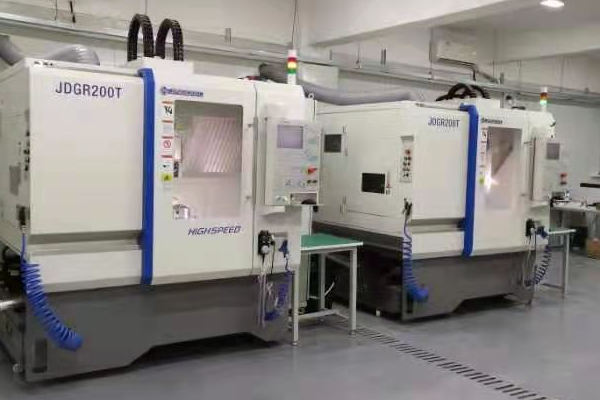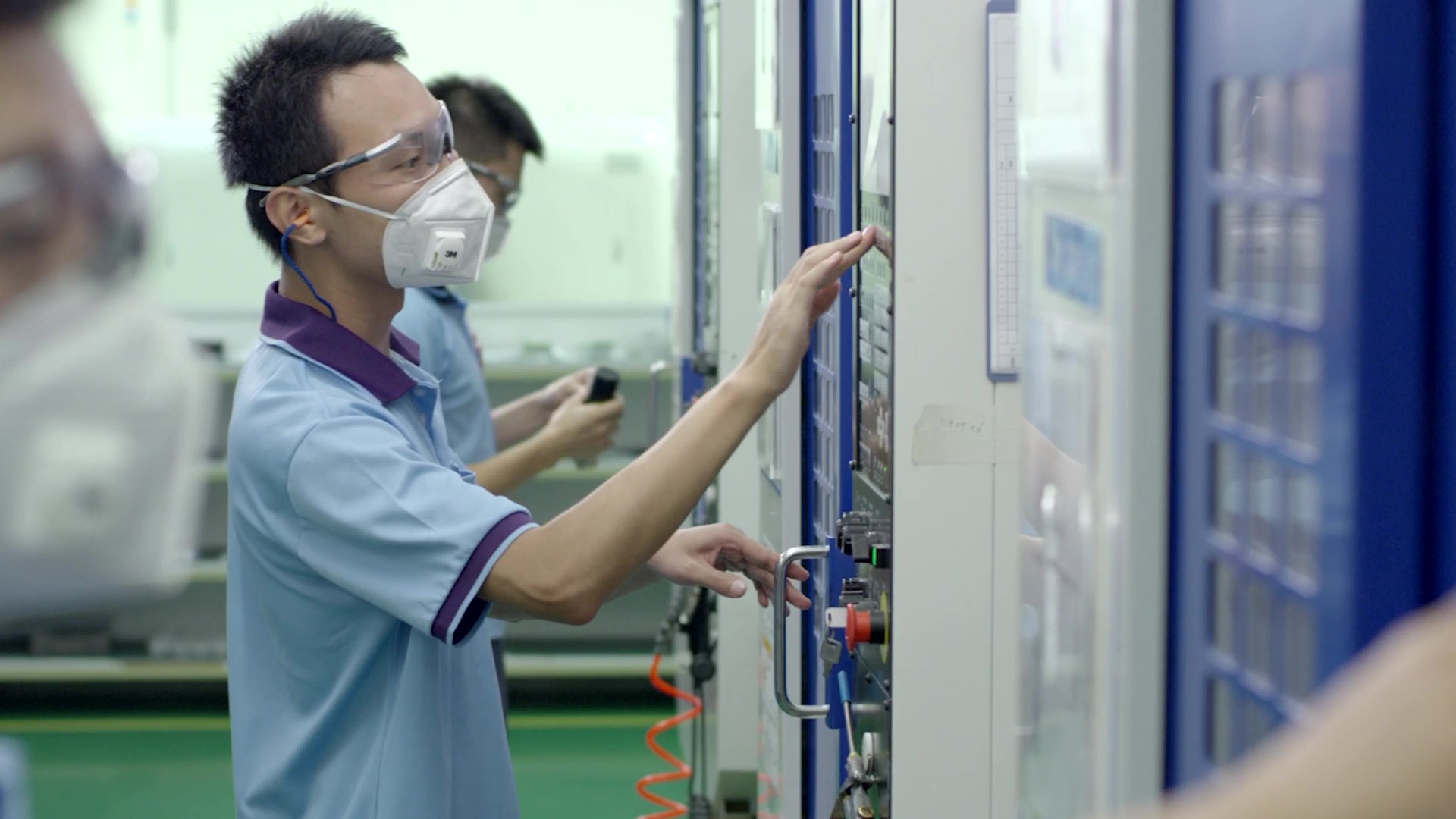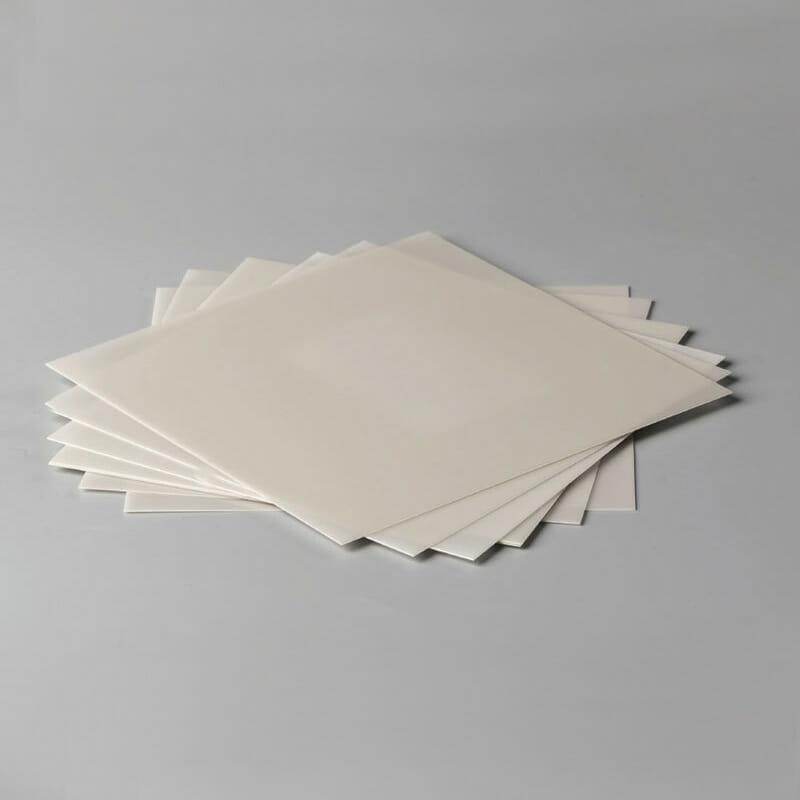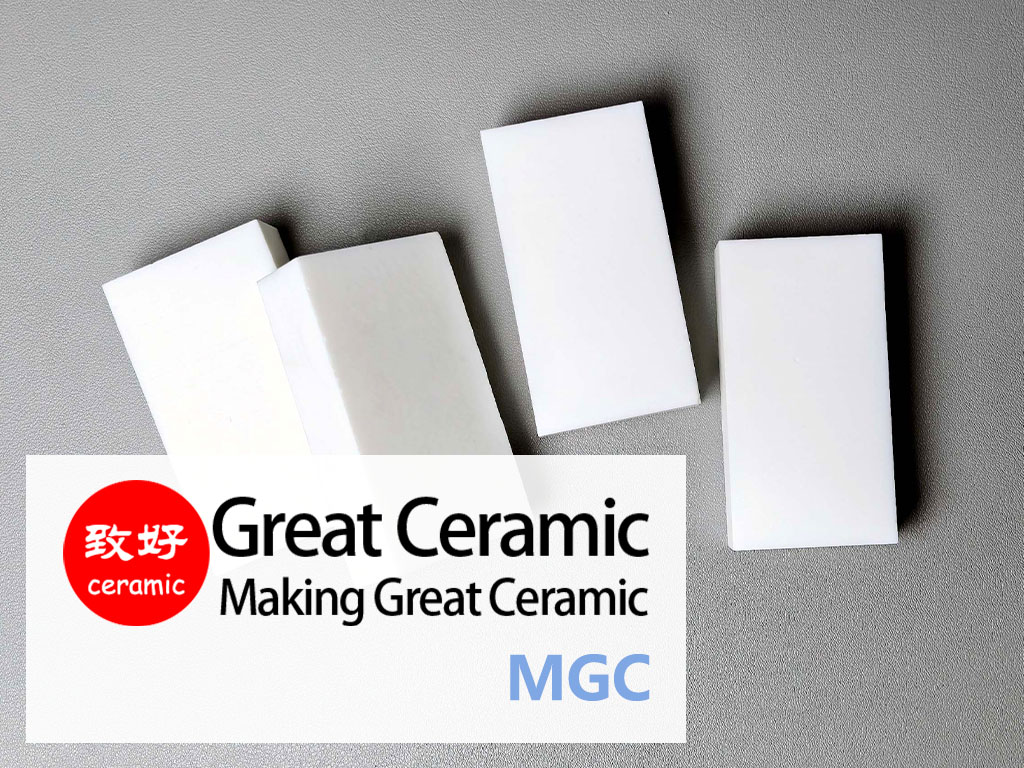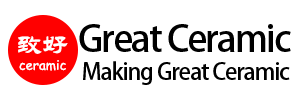Advanced ceramic components for aerospace

The aerospace industry is synonymous with extreme environments — ultra-high temperatures, rapid thermal cycling, intense mechanical loads, and corrosive atmospheres. In such demanding conditions, advanced ceramics have emerged as critical materials that enhance performance, reliability, and safety across both aeronautical and space applications.
From thermal protection systems in spacecraft to lightweight structural components in jet engines, the integration of technical ceramics continues to expand. Their unique combination of high-temperature resistance, low density, chemical inertness, and electrical insulation makes them indispensable in modern aerospace engineering.
Why Advanced Ceramics Matter in Aerospace
Feature Summary
Key Materials and Their Aerospace Applications
At Great Ceramic, we are dedicated to advancing the use of high-performance ceramics in aerospace engineering. We provide custom-manufactured components made from:
| Ceramic Material | Aerospace Application | Key Properties |
|---|---|---|
| Silicon Carbide (SiC) | Mirror substrates in telescopes, thruster components | High thermal conductivity, oxidation resistance |
| Aluminum Nitride (AlN) | Satellite substrates, RF modules | Excellent heat dissipation, dielectric strength |
| Zirconia (ZrO₂) | Thermal barrier coatings | Low thermal conductivity, high fracture toughness |
| Silicon Nitride (Si₃N₄) | Engine bearings, turbine blades | High strength, wear resistance, thermal shock resistance |
| Boron Nitride (BN) | Spacecraft thermal shields | Excellent thermal stability, electrical insulation |
| Beryllium Oxide (BeO) | High-power microwave devices | High thermal conductivity, electrical insulation |
| MGC | Precision insulators, sensor bases | Easily machined, high dimensional stability |
Typical Use Cases in Aerospace
Great Ceramic's Aerospace Capabilities
Great Ceramic is a trusted provider of precision ceramic machining solutions and customized advanced ceramic parts tailored to aerospace industry needs. We offer:

